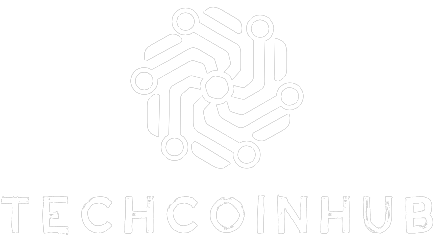Artificial Intelligence (AI) has had a significant impact on various sectors, revolutionizing the way we live and work. However, as AI continues to advance, concerns about its impact on the job market and workforce dynamics have arisen. In this post, we will explore the implications of AI on employment, discuss its potential advantages and challenges, and draw conclusions about the future of work.
Automation and Job Displacement
One of the major concerns associated with AI is the potential displacement of human workers due to automation. AI technologies, such as machine learning algorithms and robotics, are becoming increasingly capable of performing complex tasks, which were previously exclusive to human workers. As a result, repetitive and routine jobs are at risk of being automated, leading to unemployment and job displacement for many individuals.
However, it’s important to note that while AI might eliminate certain roles, it also creates new opportunities. The increased automation of certain tasks can lead to the creation of new jobs that leverage AI technologies. For example, AI engineers and data scientists are in high demand to develop and manage AI systems.
Augmentation and Job Enhancement
Contrary to popular belief, AI can also enhance human capabilities, leading to job augmentation instead of displacement. By automating repetitive tasks, AI frees up time and resources for workers to focus on more complex and creative aspects of their jobs. This can lead to increased productivity and job satisfaction.
Moreover, AI can act as a powerful tool for decision-making, providing valuable insights and aiding in problem-solving. For instance, AI-powered analytics platforms can process vast amounts of data, enabling professionals to make informed decisions faster and more accurately.
Upskilling and Reskilling
To successfully adapt to the changing job market and workforce dynamics influenced by AI, it is essential for individuals to acquire new skills and continually upskill or reskill themselves. As AI continues to evolve, there will be an increased demand for workers with the ability to work alongside AI systems, improving them, and utilizing their capabilities to achieve organizational goals.
Businesses and educational institutions have a shared responsibility to provide opportunities for individuals to acquire the necessary skills for the AI-driven future. Continuous learning programs, vocational training initiatives, and partnerships between academia and industry can play a significant role in facilitating this transition.
Conclusion
The impact of AI on the job market and workforce dynamics is complex and multifaceted. While there are concerns about job displacement caused by automation, there are also opportunities for job enhancement and the creation of new roles. To thrive in this changing landscape, a proactive approach to upskilling and reskilling is crucial for both individuals and organizations. By embracing AI as a complement to human capabilities, we can leverage its potential to transform the way we work and unlock new possibilities for innovation and growth.

